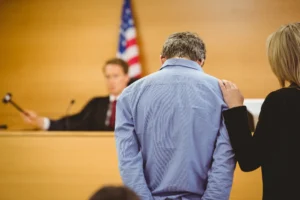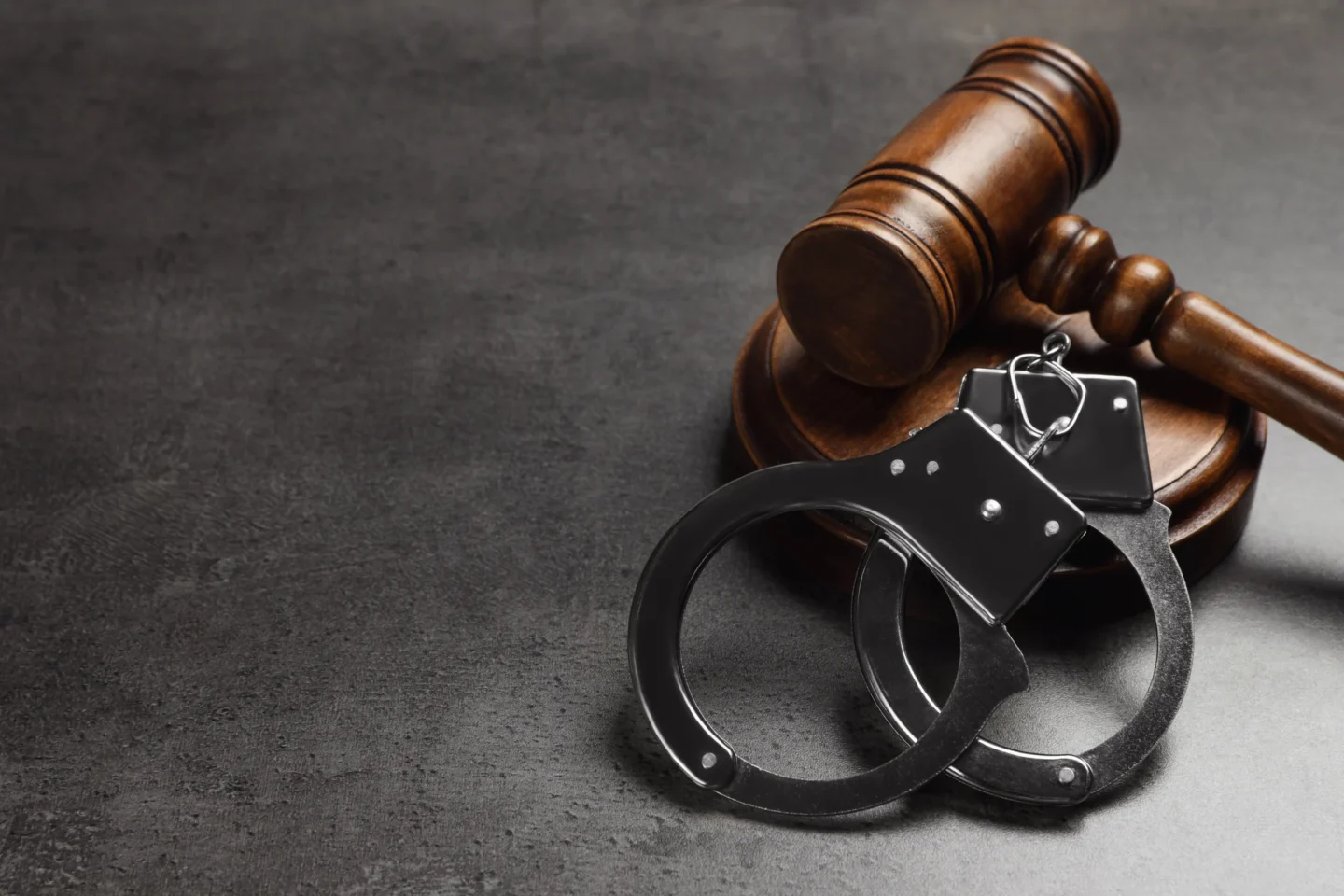
In Illinois, the criminal trial process is a crucial part of the judicial system, ensuring justice and protecting individual rights. For those unfamiliar, a criminal trial may seem complicated, but understanding its stages can provide clarity. This guide outlines the key steps in a typical Illinois criminal trial and how the process unfolds.
The Initial Steps: Arrest and Arraignment
A criminal case in Illinois begins with an arrest and formal charges being filed by the prosecutor. Soon after, the defendant appears in court for an arraignment, where they are informed of the charges and asked to enter a plea—guilty, not guilty, or no contest. If a not-guilty plea is entered, the case moves toward trial. During the pre-trial phase, both sides prepare their cases. Discovery—when the prosecution and defense exchange evidence—is an essential step to ensure fairness. Pre-trial motions may also be filed, addressing issues like the suppression of evidence or the dismissal of certain charges.
Jury Selection
In Illinois criminal trials, a jury often decides the verdict. Jury selection, known as voir dire, is a critical process. Both the prosecution and defense attorneys question potential jurors to uncover any possible biases. Each side can dismiss jurors for cause or use peremptory challenges to exclude others without providing a reason. The goal is to create an impartial jury capable of rendering a fair verdict.
Opening Statements
Once the jury is seated, the trial begins with opening statements. The prosecution outlines its case, explaining the evidence and how it will prove the defendant’s guilt beyond a reasonable doubt. The defense follows, presenting its perspective and highlighting weaknesses in the prosecution’s case.
Presentation of Evidence and Witness Testimony
In Illinois, the prosecution presents its case first, calling witnesses and introducing evidence. The defense has the opportunity to cross-examine each witness, challenging the credibility and reliability of their testimony. Once the prosecution rests, the defense presents its case, which may include its own witnesses and evidence. The defendant may choose to testify but is not required to do so.
Closing Arguments
Once all the evidence has been presented, each side gives its closing argument. The prosecution summarizes the evidence, aiming to convince the jury of the defendant’s guilt beyond a reasonable doubt. The defense counters, emphasizing inconsistencies in the prosecution’s case and urging the jury to find reasonable doubt.
Jury Instructions and Deliberation
The judge provides instructions to the jury, explaining the laws that apply to the case and the standard of proof. In Illinois, like other states, the burden of proof rests entirely on the prosecution. The jury then deliberates in private, reviewing the evidence and discussing the case until they reach a verdict.

The Verdict and Sentencing
Once the jury reaches a decision, they return to the courtroom to deliver their verdict—guilty or not guilty. A guilty verdict leads to a sentencing hearing, where the judge determines the appropriate punishment based on Illinois law and the circumstances of the crime. If the verdict is not guilty, the defendant is acquitted and released.
If you are looking for an attorney near O’Fallon, IL to speak to about criminal trail questions you might have, call Elovitz Law Office today.



